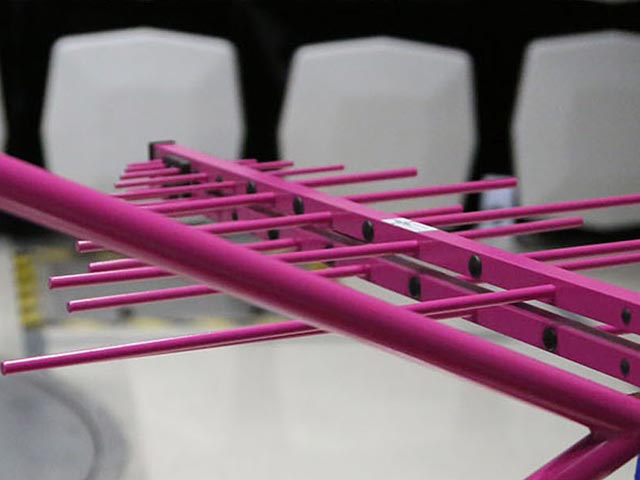Prepare your products for successful wireless device testing
As the wireless device industry moves forward the FCC keeps pace by implementing new programs such as the Telecommunications Certification Body (TCB) program. The goal of this program, established in June 2000, is to keep up with the rapid success and growth of wireless applications, therefore, it is now under the authority of the FCC to certify wireless products for TCB. In December 2014, the FCC Report and Order (FCC 14-208) made TCBs the singular route to FCC certification.
With the growing selection of radio applications such as RFID, WiFi, and Bluetooth, it is sometimes challenging to obtain regulatory approvals for your products.
This article will discuss frequent wireless testing scenarios we encounter, address potential problems, and what it means for your products and regulatory approvals.
Scenario 1: Radio that's ubiquitous, yet unique
When it comes to product design, every radio application is unique. That means as a product engineer your testing strategy will almost never be one size fits all. In this scenario, an engineer’s new product design includes a radio that’s previously been certified as a module, but is now integrated into the host device. At this point it is easy to assume that because the radio module has already been tested and certified, it won’t require much in the way of additional testing in your products.
However, this is not typically the case, says Element’s Engaged Expert in wireless testing, Greg Kiemel. “In the case of FCC certification, the Grant of Equipment authorization frequently places limits on the use of the module,” says Kiemel. “Prohibition against co-location with other radios and / or simultaneous transmission may require additional testing and equipment authorization to permit use of the module for a particular implementation.” Published guidance from the EU recommends that new combinations of modular radios and host devices need to be re-assessed for EMC compliance. The regulatory requirements for each unique implementation of a radio module need to be assessed by experts. Distributors and sales representatives of radio modules are not always reliable resources for product compliance. In some cases, radio modules may have been tested but not certified, so due diligence in assuring certification is an absolute requirement. Unless the FCC ID number is visible on the module, certification is not complete.
When it comes to securing proper certification and approvals for your products we know precision and certainty are priorities in your testing. That is why it is important to make sure your previously-certified radio modules receive any additional testing and certification that may be required.
Scenario 2: The Modern-Day Multi-Radio Product
A frequent wireless testing scenario conducted at Element involves multiple radio devices in a single product. A product containing more than one radio device will require additional testing. We know that efficiency in your product qualification and certification is of utmost importance and that is why planning ahead to determine the correct testing and certification scenario is vital.
When separately approved modules are combined into one product, new testing and new certifications are often necessary.
Radios that already have an FCC ID number
This is a great opportunity to engage your testing agent involved in the certification process. Element frequently assists customers who need to look up a radio’s FCC ID number. Our Engaged Experts can help you review and understand what the radio’s grant notes mean for the expected costs and timelines of your projects.
FCC ID Grant Notes can address these questions
- Usage conditions
- How will the product be used?
- How close will the radio be to the user’s head or torso?
- Does the current ID number cover that usage?
- What kind of additional testing will be needed?
While many of our customers are already conducting exhaustive searches to find the proper radio with the feature set for their product needs, sometimes, product engineers will discover that the testing and certification that’s been conducted is not adequate for the radio as its being used in the product. When this happens a decision must be made between continuing to work with the product and searching for a new module.
Even in the case that the Grant notes show additional testing needed, it is not typically efficient to find a different radio module at this stage in the product development. By working closely with Element’s Engaged Experts you can ensure the testing strategy selected will provide the greatest value.
The next steps
If your product is an approved module that requires modification to the grant, there is a process to follow:
- Change of ID followed by a Class II Permissive Change Change of ID is an FCC authorization process where an existing grant is copied from the radio manufacturer (original grant holder) to a new FCC ID for a new grant holder (system manufacturer).
- Download public exhibits from the manufacturer’s application. All public-domain exhibits from the FCC website may be downloaded to support the new application. To complete the new application for certification, it will be necessary to contact the original module manufacturer (grant holder) to get any confidential exhibits such as schematics, frequency block diagrams, and operational descriptions supplied directly to the TCB (under a non-disclosure agreement).
- Agent authorization includes obtaining a signed document from the module manufacturer (grant holder) in order to make a Class II Permissive change to the application.
- Testing of the product to address any items required by the changes to the module.
- Certification using a Class II Permissive Change through a TCB like Element.
Tips for RF Wireless Device Testing
Your test lab can assist you in many facets of your testing strategy, but there are steps you can take right now to ensure your business has the best results for testing when it comes to wireless radios.
Choose the correct radio for your application
The ‘next big thing’ is not necessarily always the best choice for your application. A lower-cost solution may be out there that is more suitable for your product. Often, the lower per unit cost will also result in lower testing costs too. Doing your research early to understand the tradeoffs with different technologies can really pay-off when it comes time to test. Perhaps your device requires interoperability with other devices on the market (e.g. Bluetooth or Wi-Fi); in that case, maybe you do need the high-tech solution. If not, you may have a perfectly suitable solution with a much simpler radio design.
Start shopping for approved modules
This is often the least expensive route in terms of development costs to add wireless capability for your product. The modular solution works best when you have time for mechanical design so you can plan for the enclosure that will hold the radio, and to define the type of antenna you’ll be required to use.
Test early and often
This will help you ensure your product is compliant. That doesn’t mean you’ll require redundant full system testing; rather, testing components and prototypes early can act as a simple spot check that will help you make any modifications earlier in the product design process. Don’t believe the misconception that you can only test final products. Some tests are worth doing very early on, some will be better to wait. Your testing lab can help you understand the ins and outs of each.
Create a target list of countries you want to sell into
By identifying these target markets early in the design process, you can plan your testing strategy to meet the requirements of each country
Wireless testing doesn’t have to be confusing. By partnering with a consultative testing agency like Element and following some of these steps early in your product design, you will find all the tools you need to launch your products successfully.
For more information on wireless (radio) device testing, please contact us.
Engage with an Expert at Element today for more information about wireless testing.
Find related Resources
More from Element
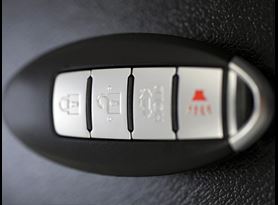
Wireless (Radio) services
We can help with EMC and safety testing and assist manufacturers who want to take their radio and wireless product to the global market.
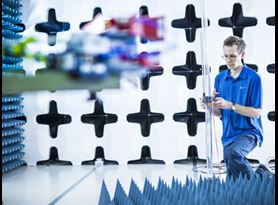
Commercial EMC Testing
At Element, we test thousands of products every year, having one of the largest capacities for electromagnetic (EMC) testing of commercial and industrial electronic devices.
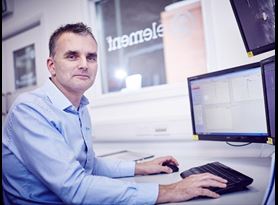
Certification Services
Element has a dedicated team providing ISO 17065 accredited Product and Business Process Certification Services that are delivered from many of our offices across the globe.
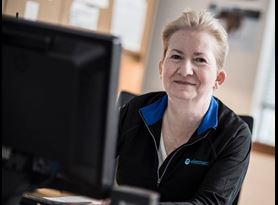
Global Approvals
Element can serve as your single point of contact for all of your global product approvals.

